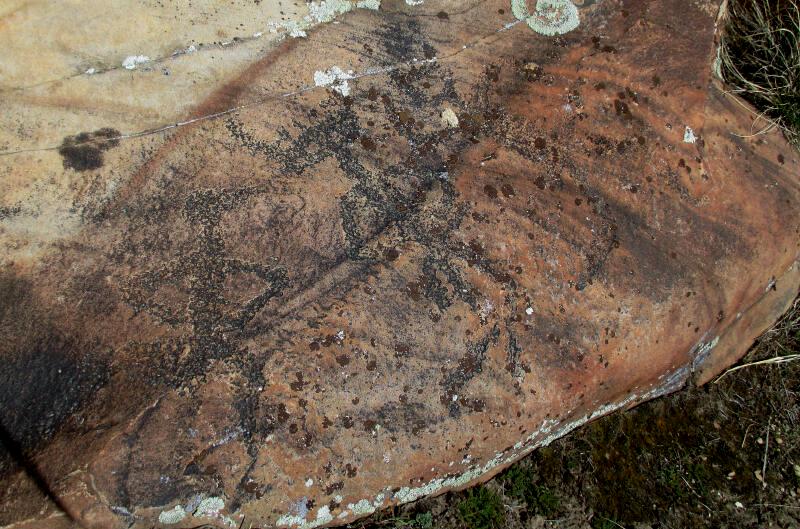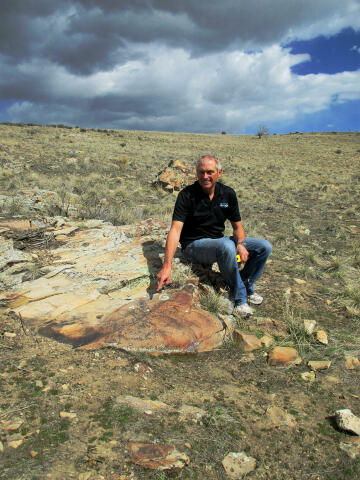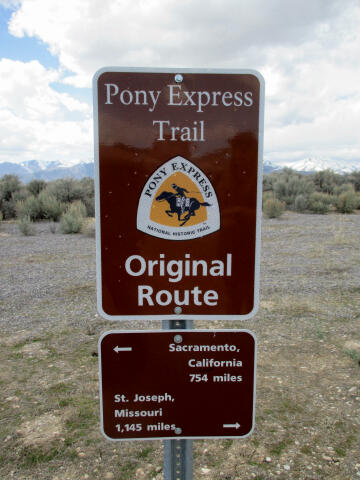[
Homepage ] [
Introduction ] [
Warning ] [
Ratings
] [ Ethics ] [
Feedback ] [
Updates ]
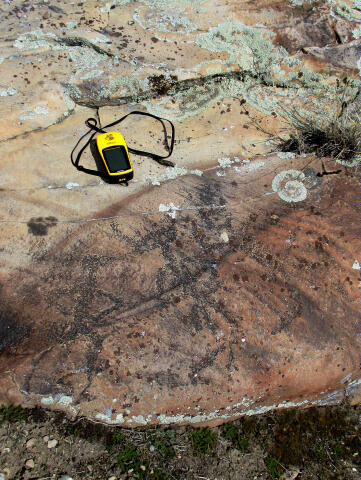 |
Three Warriors
Petroglyph
Eagle Mountain
Rock Art
The
Three Warriors Panel consists of the image of three anthropomorphic
figures. The petroglyphs have been chipped
and etched into the rock. The petroglyph was probability
created by the Timpanogos Ute Indians that once inhabited the Utah and
Cedar Valley.
I'm really not sure how long this panel will last as civilization and
the nearby suburbs will probably soon over run the petroglyph and cause
it's destruction, so enjoy it while you can. |
Circle of Friends:
The Three
Warriors
Petroglyph is part of the "Circle of Friends" program.
Members of the "Circle of Friends" have access to more specific information,
explicit route information, GPS waypoints, trailhead location and detailed
maps. If you would like more information on joining the "Circle of Friends"
visit the sign up page.
"Circle of Friends"
General Information:
Northern Utah Rock Art is not nearly as abundant as in other parts of the
state. What makes this panel fun is that its within easy reach of the major
population centers of Utah. The panel also allows you to brush up on your
Pony Express history.
The
petroglyph is accessible year round. The Three Warriors Petroglyph is rated 1A I using the Canyon
Rating System. A round trip hike to
visit the petroglyph will require approximately 30 minutes. Access is simple
and only requires hiking 100-yards.
Trailhead Information:
The trailhead is
accessed from a major paved highway near Saratoga Springs.
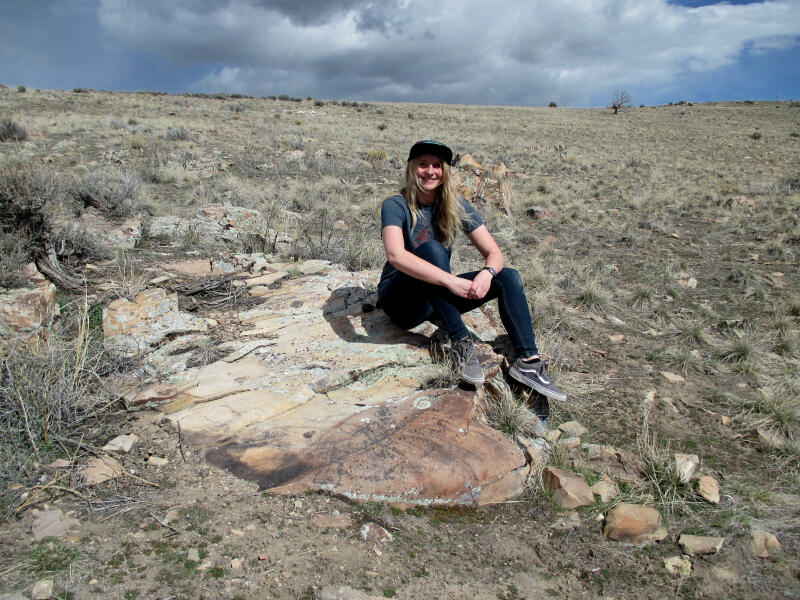 |
Pony Express History:
The first Pony
Express rider took off from St. Joseph, Missouri, with his bags of mail on
April 3, 1860 heading for Sacramento California. The mail system was
established to create faster communication with California. Riders braved
dangerous terrain to deliver letters that were written on tissue paper
wrapped in oil paper. At first, people paid a monstrous $5 to mail a letter
weighing half an ounce or less; that was later reduced to $2.50. It took 9
to 11 days for express riders to get from St. Joseph to Sacramento.
Each express rider was
required to cover a run of about 100 miles. Attached to his saddle were two
pouches, weighing around 20 pounds. There were about 80 riders and 400 to
500 horses on the express. In the early days, riders would have to cover
about 25 miles between stations. When that proved to be too far for the
horses, stations were placed about 10 miles apart. Sometimes the express
rider would arrive at his station to find that the man who should take his
place had been “killed and disabled” or the entire station was “wiped out by
Indians.” In that case the rider had to continue on, withstanding the
fatigue. The longest run of 322 miles is credited to the most famous express
man, Buffalo Bill Cody.
With the completion of
the Pacific Telegraph line, the Pony Express ceased operation on October 24,
1861, having never succeeded financially. But for an enterprise that lasted
a mere 19 months, the Pony Express lives on in the imagination and hearts of
many Americans..
[
Homepage
] [ Introduction ] [
Warning ] [
Ratings ] [
Ethics
] [ Feedback ] [
Updates ]
© Copyright
2000-, Climb-Utah.com |

